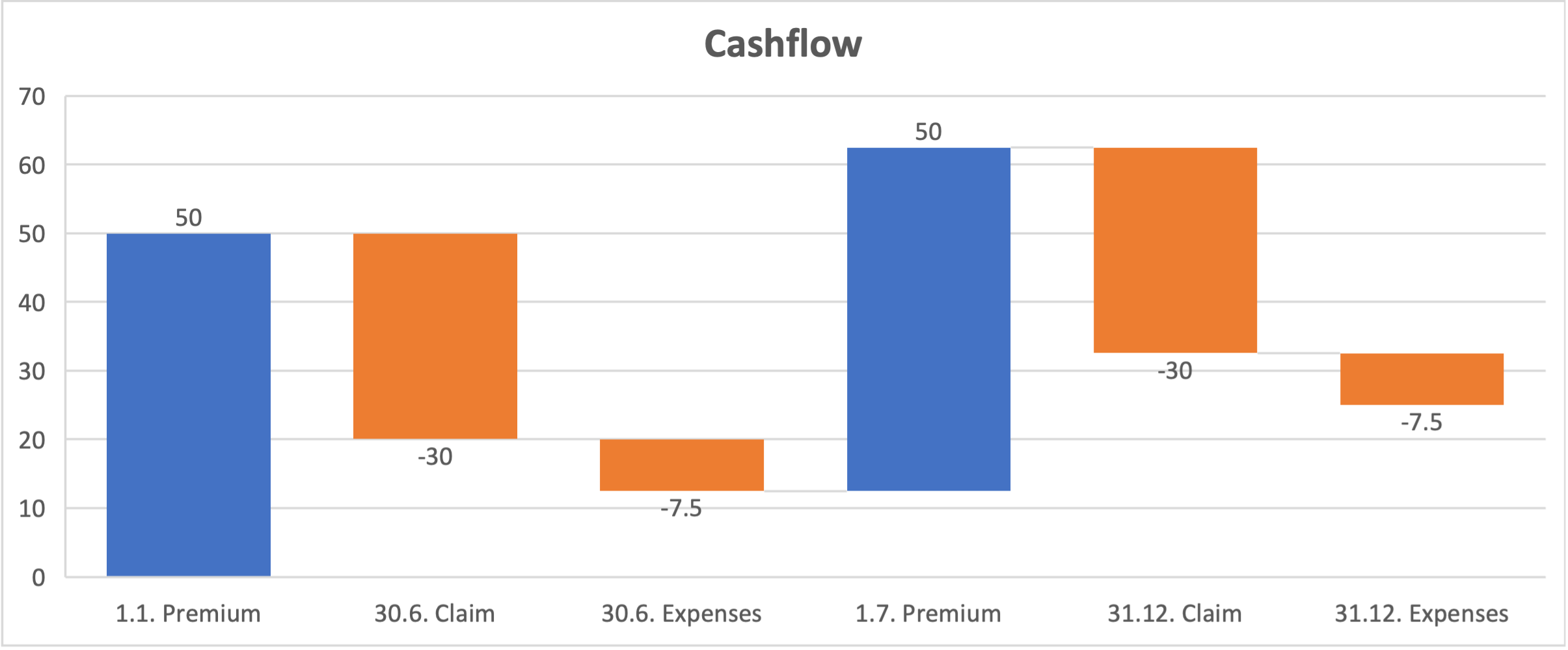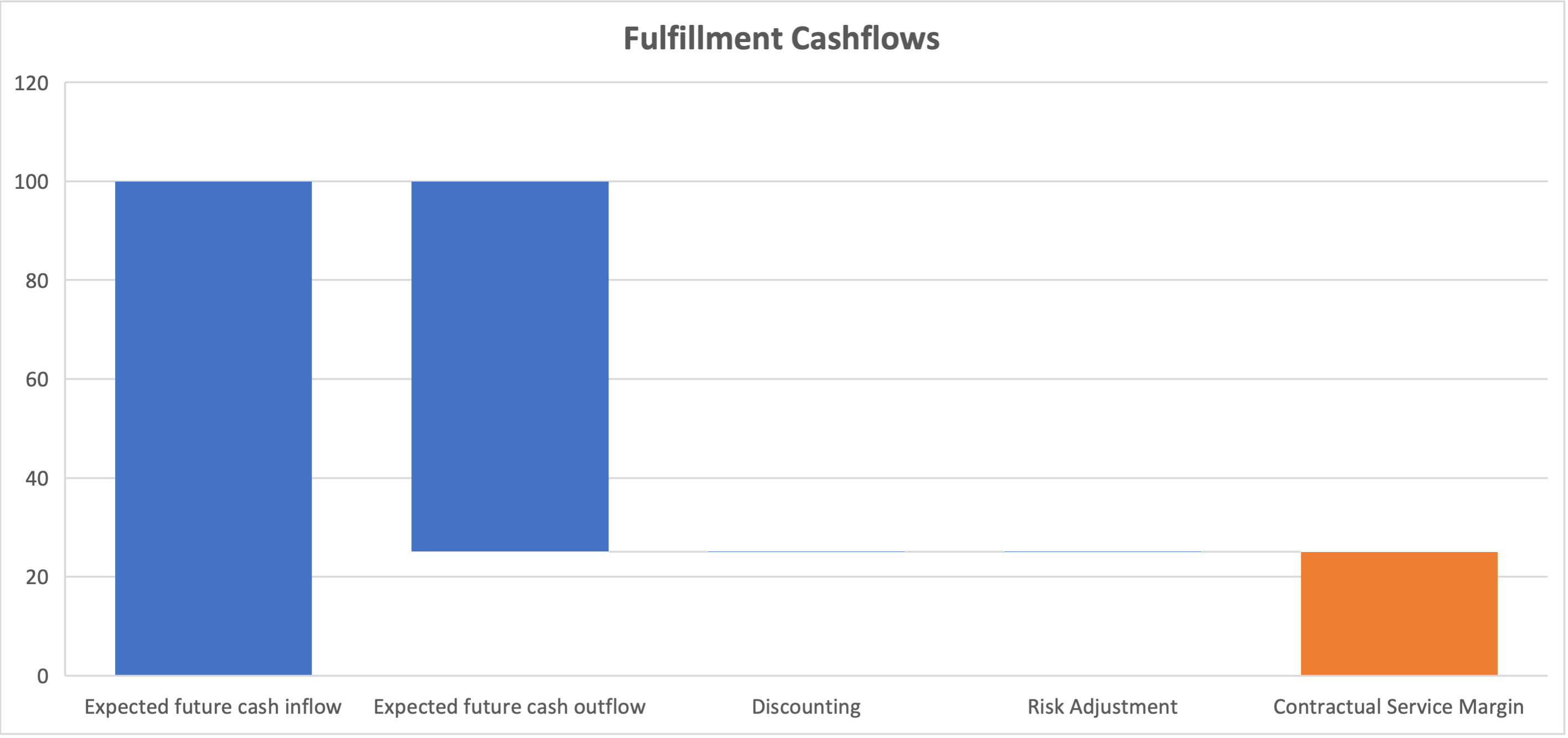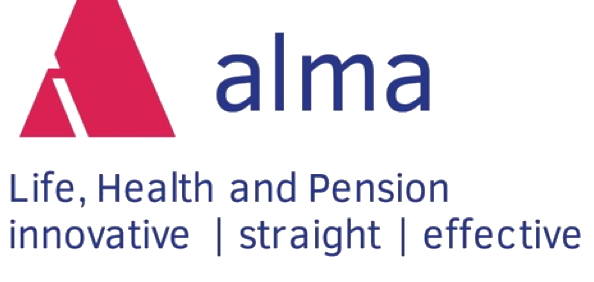
IFRS 17
2023 is a very important year for the insurance industry: The complex set of rules IFRS 17 will come into force on January 1, 2023, replacing the interim standard IFRS 4 Phase I, which has been in force since 2005. The new standard governs the principles of identification, recognition, measurement, presentation and disclosures for insurance contracts.
Alma will support the implementation of IFRS 17 in the insurance industry. Therefore, Alma will publish short and easy-to-understand articles on IFRS 17 from time to time.
Part 4: Simple Example – General Model
The accounting for an insurance contract in accordance with IFRS 17 principles is illustrated using a simple example.
The example refers to an insurance contract with the following characteristics:
-
-
- The contract period is one year and the start date is 1.1. of the calendar year.
- The annual premium is 100 and it is paid semi-annually (on 1.1. and on 1.7.)
- The expected loss ratio is 60%.
- The expected expense ratio is 15%.
- The actual damage and costs incurred correspond to those expected.
- Investment returns of zero are assumed, which also corresponds to what has occurred.
- For simplicity, it is assumed that the risk adjustment is zero and that there is no reinsurance.
- It is assumed that there are no taxes – what a beautiful world!
-
Presentation of cash flows
In the upper picture, the cash flow of the insurance contract is presented.
Fulfillment cash flows are described in the image below. It is easy to see that the CSM takes the value 25 under these assumptions.


Day 0 – Recording on 1.1.

- Future cash flows from insurance liabilities are recognized as an asset if the present value is negative.
- There is no impact on the income statement unless the contract is not profitable.
Day 0 – The first premium was paid

- Future cash flows from insurance liabilities are recognized as an asset if the present value is negative. Here it has now become a liability because the first premium has already been collected.
Balance sheet and income statement as of Q2

- Effective damages of 30 and costs of 7.5 were made.
- The “Insurance Contract Revenues” consisted of the realization of expected claims and costs from the fulfillment cash flow and the reversal of the CSM.
- One can also see very well the two main sources of profit of this contract on the basis of this presentation:
- Dissolution of the CSM and the change in risk adjustment
- As well as the comparison between the expected damages and costs with those that are currently occurring.
According to our assumption (expected = current), this source of profit is accordingly zero. - The third source of profit – from the investment process – plays no role in this example.
Balance sheet and income statement at year-end

- Since it was assumed that the real losses and costs develop as expected, there is actually a gain of 25, which was also recognized as a CSM liability at the beginning.
